Welcome to the first ever column of With Great Chutzpah Comes Great Responsibility: The Intersection of Comics and Judaism. Larry Tye, author of Superman: The High-Flying History of America’s Most Enduring Hero, stated, “When a name ends in ‘man’ it’s one of two things—either he is a super hero, or a Jew! Next time you look at Superman, pronounce it in the same tempo as Hoffman, Goldman.”
To start, we will look at some of our more prominent Jewish heroes:
The Thing
The Thing, AKA Benjamin Jacob Grimm, is more Jewish than gefilte fish. Just look at his name! Grimm was created by Stan Lee and Jack Kirby, two nice Jewish boys. Grimm’s character was inspired by Kirby’s life. Kirby was one tough son of a gun, as was Grimm. Both grew up on the same Lower East Side streets of NYC, and went through the same struggles on the block. Grimm was always an analogy for persecution, often being targeted because of his skin. Grimm also dealt with issues similar to those of other minorities. Neighborhood kids, the Yancy Street gang, had a love/hate relationship with Grimm for moving up in America, while they were left behind.
In 2002, after Kirby’s passing, we discovered that Grimm was, in fact, Jewish, in Fantastic Four Vol. 3 #56. When a friend from the old neighborhood lay dying, Grimm was caught in quite the predicament- if he performed CPR, he would crush his friend, due to his strength. Instead, Grimm starts saying the Sh’ma, the most famous Jewish prayer. Grimm admits that he never told people he was Jewish because he didn’t want them to think that Jews were monsters like him. The story also features the awesome moment when a captured villain has the balls to tell Grimm “You don’t look Jewish.” (A future article will look more into Thing as an analogy for Jews in America.)
Magneto
Magneto is, by far, one of the greatest comic characters ever. He is a villain who is trying to do what he believes is right to save his people. He is often compared to Malcolm X, but a better analogy would be Rabbi Meir Kahane, the founder of the Jewish Defense League. Kahane is revered by many as a Jewish activist, but he is also seen as a man who fought for Jewish rights in extreme ways. He founded the organization Kach, which was seen as a terrorist organization by Israel, Canada, the European Union and the United States. Following Kahane’s assassination in 1990, the phrase “Kahane Was Right” started appearing in graffiti, on signs and on shirts. Reflecting this, the slogan “Magneto Was Right” became iconic in comics when Magneto was thought to have been deceased in 2001.
Writer Chris Claremont established Magneto as Jewish in Uncanny X-Men vol. 1, #150, published in August 1981, making Magneto one of our first prominent Jewish characters in comics. He was a survivor of the Holocaust who lost his family. After seeing so much death because of racism, he swore to never let it happen again. He feared that if the Holocaust happened to the Jews, it would happen to mutants next. Magneto is a true Yid who even lived in Israel for a time and tried to create a similar homeland for mutants in Genosha. One of the most misunderstood characters in comics, Magneto is one of the most realistic. Society portrays him as a villain, but Magneto has always put his love for his people before himself.
Kitty Pryde
Chris Claremont created Kitty Pryde in the likeness of a girl in the Israeli army that he’d seen on a visit to Tel Aviv. Pryde is a great character because she is a normal girl, but still very special. Her Judaism is not all that defines her, but she embraces it as a big part of her identity and is proud of it. In many illustrations, Pryde can be seen sporting a Star of David pendant around her neck. This proud acceptance of her identity is inspiring in an industry where the early Jewish creators were forced to change their names and deny their heritage. In such a wonderfully subtle manner, she shows just how proud she is to be a member of the tribe. The fact that so many artists remember this important aspect of Pryde’s identity makes me happy.
Pryde has never been portrayed as a stereotype. Not only is she a proud member of the tribe, she is probably the epitome of the X-Men. Pryde is the living version of Xavier’s dream, a student and now a teacher.
The Atom
The Atom, Ray Palmer, is like a good bowl of Matzo ball soup after a very long Hagadah reading. He was co-created by Julius Schwartz, writer Gardner Fox and penciler Gil Kane. Schwartz is known as one of the greatest editors at DC. He brought many Golden Age characters to a new level of popularity in the 60’s, by giving them new science fiction origins leading to a reinvigoration of the superhero industry. Schwartz was a Jewish boy from the Bronx, the son of immigrants, who was awarded a gold watch with Hebrew letters in the place of numbers for being the smartest boy in Hebrew school (quite a big feat!). Julius Schwartz’s co-creation, The Atom, is a character whose mother is Jewish but who admits he is “not very religious.”
By Jewish law, Judaism is passed down from the mother, so therefore Palmer is fully Hebrew. In Justice League of America #188, Palmer learns more about his faith when he celebrates Hanukah with The Justice League. The story features Palmer comparing a miracle that happens to the Justice League to the miracle that happened to his Maccabean ancestors. In fact, The League shares similarities with the 12 tribes of Israel as each member contributes unique talents to work for the greater good.
Atom Smasher, Albert Rothstein, AKA Nucklon, The G-Dson of the Golden Age Atom Al Pratt, was also a proud Jew. He had to turn down the advances of Fire because he was going to marry “a nice Jewish girl.” He told her that he wanted to keep with tradition, and she could join him if she wanted to convert!
In future columns we will delve more into these characters, recognize our other SuperYids, and see how Jewish history influenced comic history. This column will appear every other week on Wednesday. We will also have some awesome comic creator profiles (almost all the early creators were circumcised), and we will look at how anti-semitism influenced comics. I am well versed in both Jewish history and comic history, and I have taught courses on this subject matter. I have to warn you, as anyone who has read my work will tell you, this will not be a politically correct column. This means I will not be praising Captain America and Superman as the gentile saviors of the Jewish people, nor will I ignore the influence of racism on the industry. If you like our column, please spread the word and share it.
What would you guys like to see? What characters have you always thought had Yiddish Neshamahs? Who are your favorite Jewish superheroes?
Resources:
Up, Up, and Oy Vey: How Jewish History, Culture, and Values Shaped The Comic Book Superhero by Simcha Weinstein
From Krakow to Krypton: Jews and Comic Books by Arie Kaplan
Jewish World
_______________________________________________________________________________________________________
Jay Deitcher, LMSW(@mrdeitcher) is an educator on comic history and runs successful Free Comic Book Day events yearly. You can see a listing of his incredible articles and his highly energetic videos here.
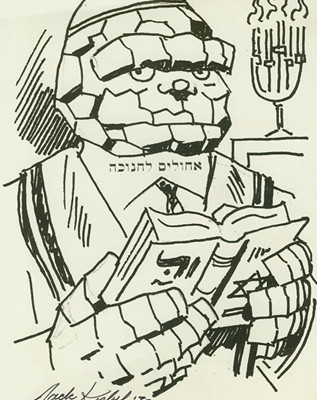







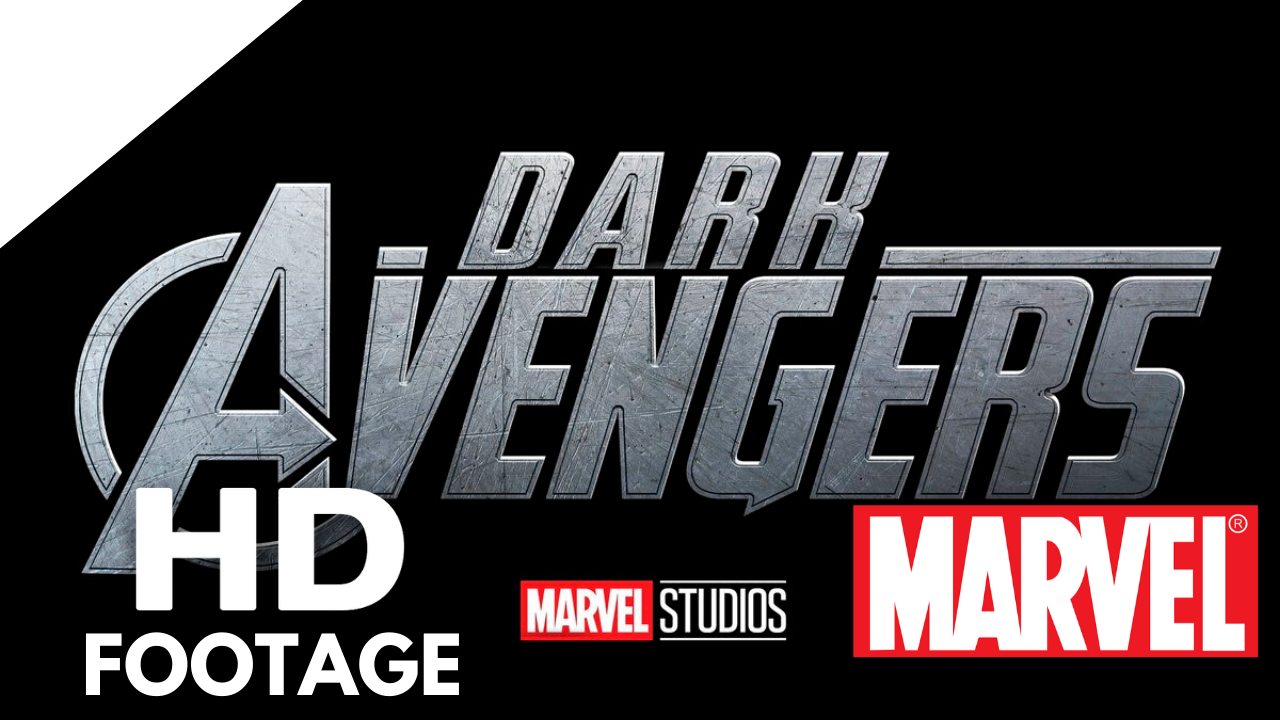
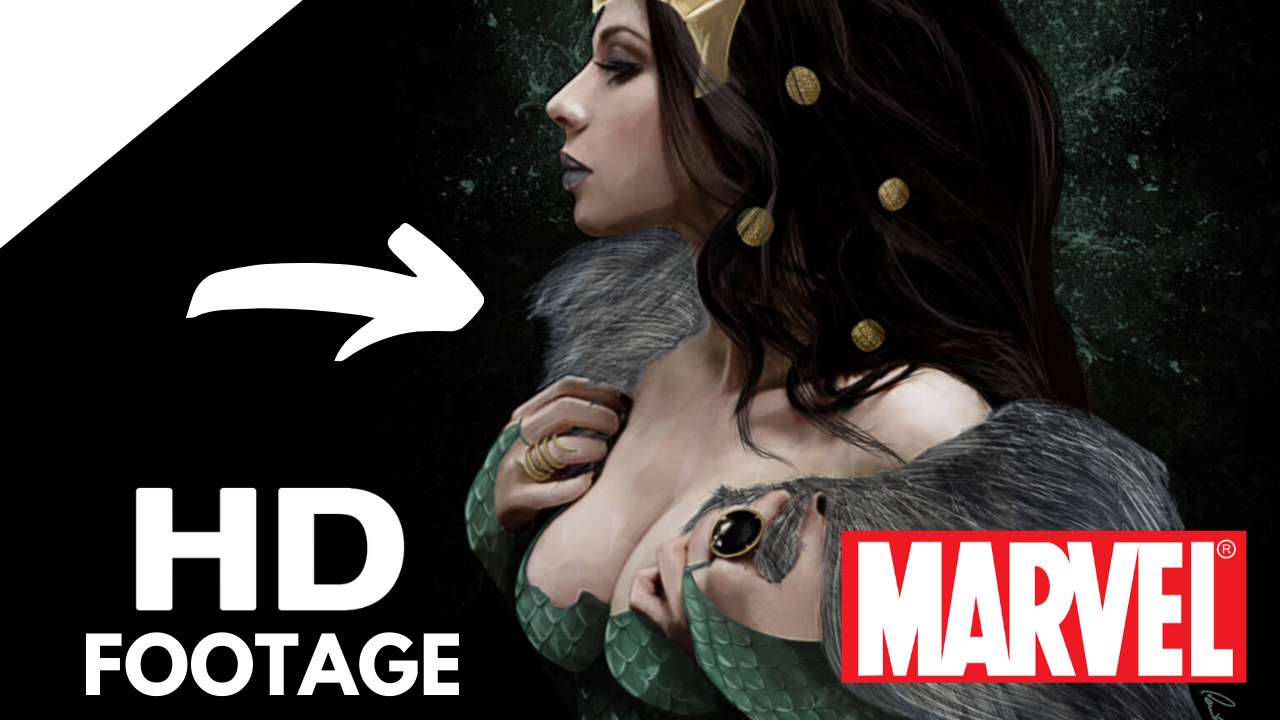

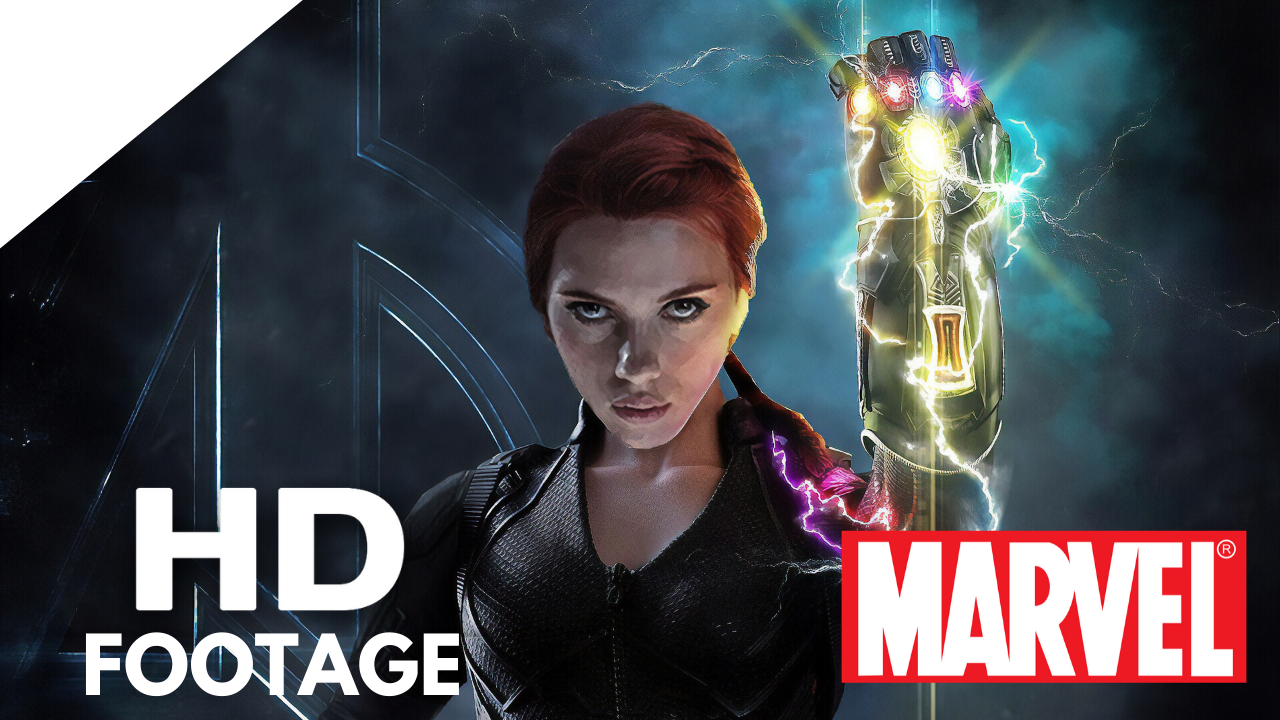

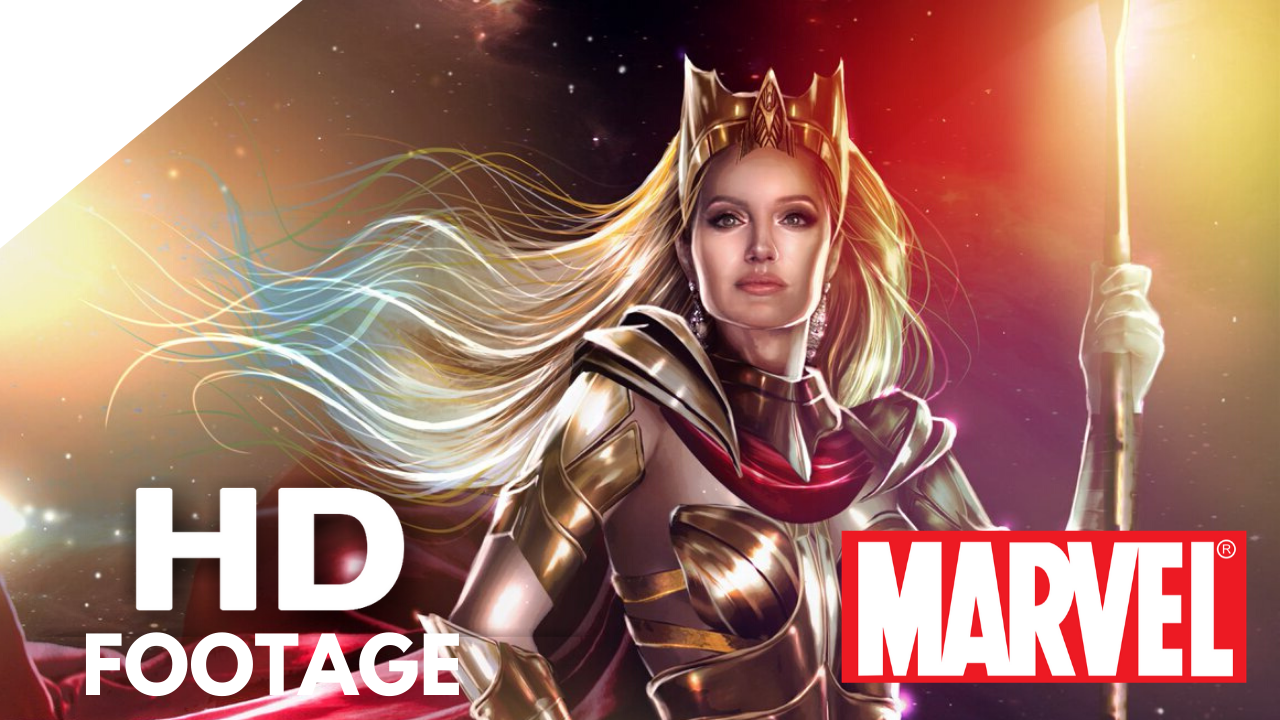
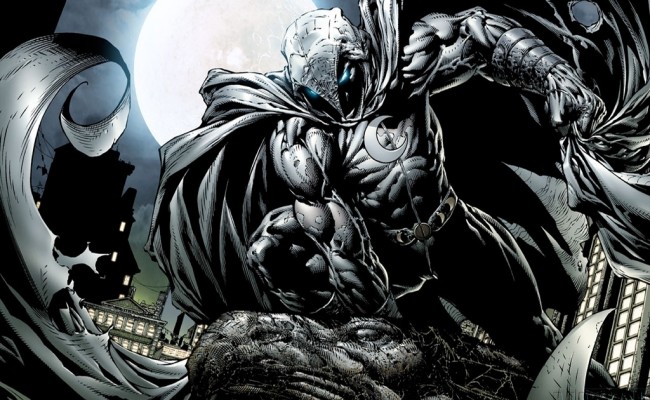
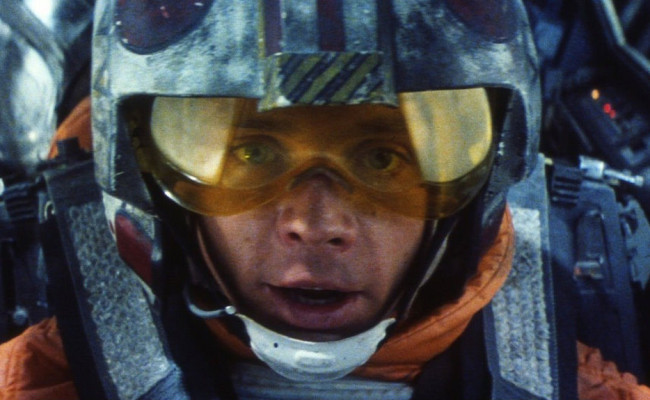
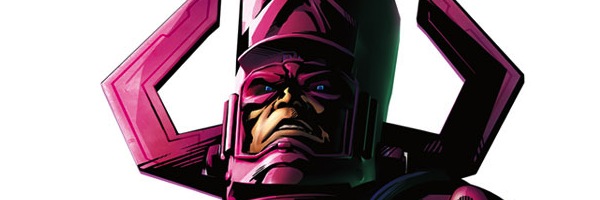
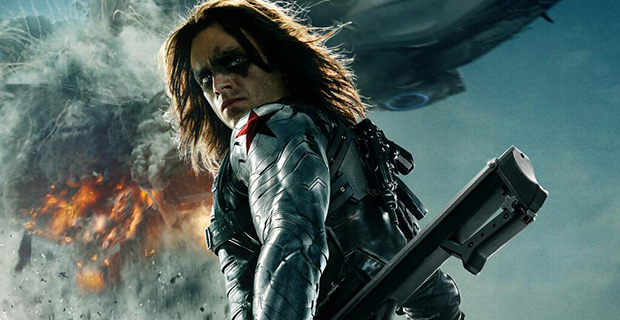
S#!T Talking Central